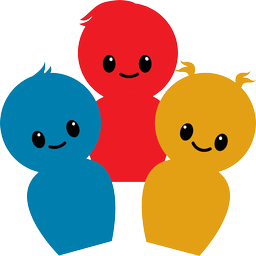Areas it develops: focusing on one-another, coordination of the two body halves, fine-motor skills, sensory integration, regulation, following rules, following rythm.
This is a fun game that includes the whole group. Painting the palms and soles is always a special occasion especially if it’s paired with a rythm game and creating something together.







